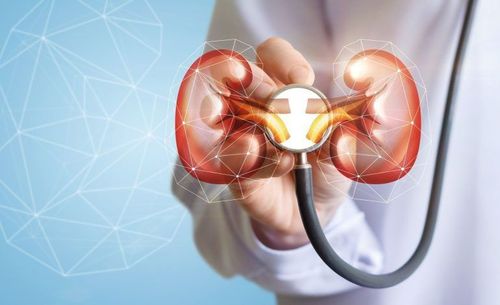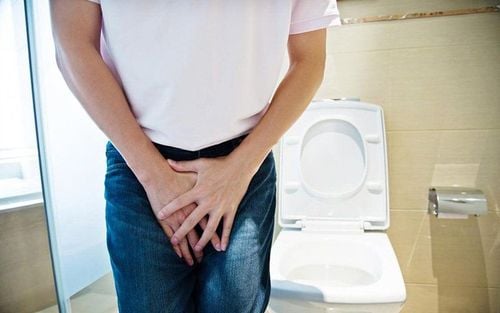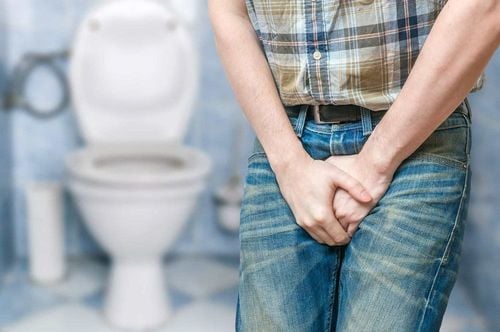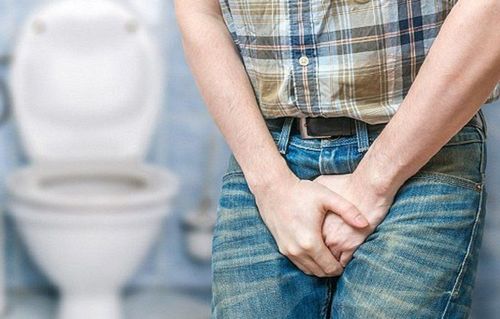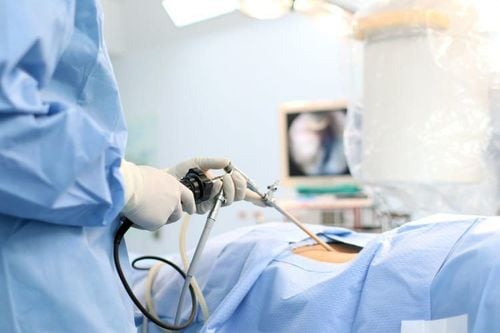This is an automatically translated article.
The article is professionally consulted by Master, Doctor Nguyen Thi Thanh Thuy - Endocrinologist - Dialysis - Kidney Transplant - Department of Examination & Internal Medicine - Vinmec Central Park International General Hospital.With the development of modern medicine, there are many methods to help diagnose and detect kidney stones early, find out the location and degree of impact of stones on the urinary system of the patient.
1. What are kidney stones?
Kidney stones are a dangerous disease in the urinary tract, causing serious effects on the health of the patient.When the stones tend to grow and rapidly increase in size, they can cause blockages in the urinary tract and leave the patient with severe pain.

Sỏi thận có kích thước lớn nhỏ khác nhau
Therefore, patients need to be diagnosed and treated promptly to avoid serious consequences. Usually, to diagnose kidney stones, there are many different methods such as diagnosis through ultrasound, laboratory, X-ray or clinical diagnosis.
2. Learn 6 methods of diagnosing kidney stones
2.1 Ultrasound
This is a method commonly used today, applying the feedback of sound waves lying on matter to be able to draw images of things. On ultrasound, the image of kidney stones will appear as a type of sound object (also known as a light bulb).The biggest advantage of this method is that it helps the doctor measure the number and size of stones. At the same time, the operation is also simple and fast, so it is relatively suitable for children and uncooperative patients.
Note: Ultrasound is not an accurate method of diagnosis, it can be difficult to distinguish between stones and urinary sediment, and can not distinguish different types of stones. Therefore, ultrasound is only used to support other diagnoses and to help monitor progression and recurrence of stones.
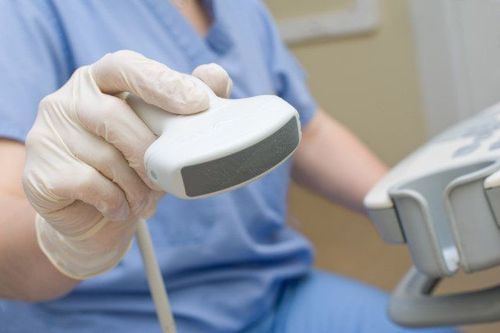
Siêu âm giúp chẩn đoán bệnh sỏi thận
2.2 X-ray
This method is characterized by the use of X-rays' ability to penetrate soft tissues.Conventional X-rays are only obstructed when they are beamed through hard tissues such as bones, teeth, and contrast media. Therefore, when watching X-ray film, you will notice that the penetration level of X-rays with brightness and darkness is different at each location.
Currently, there are 2 types of X-rays commonly used:
X-ray of the urinary system without preparation. X-ray of the urinary system with contrast injection In general, both these two methods have similarities, which is the standard. Patients should be pre-empted with enemas or laxatives, to avoid leaving stool or gas in the colon, which can obscure the symptoms that need to be observed. The difference between these two methods is the use of contrast medium.
2.3 Urinary tract X-ray unprepared
Using X-ray to distinguish and detect stones that can be contrasted such as struvite stones, calcium phosphate stones, calcium oxalate stones. Urate and cystine stones are less contrast-enhanced, so they are often difficult to find.
Chụp X-quang hệ niệu không chuẩn bị giúp phát hiện sỏi
2.4 X-ray of urinary system with contrast injection
In this method, contrast is injected into the patient's vein, and doctors quickly take pictures of the path of the contrast agent in the vein and at different times. From here will get the maximum support images in the diagnosis.X-ray of the urinary system with contrast injection will help detect and differentiate stones, including those that are less contrast-enhanced that cannot be detected by unprepared urography, such as: urate and cystine stones.
Currently, in medical facilities that are not equipped with CT machines, this method plays an important role in diagnosing kidney stones.
2.5 Ct
CT is also a method based on the ability to penetrate from X-rays. In addition to the main function of detecting stones, CT also allows doctors to evaluate the pathology as well as the typical functions of the kidneys and tissues. and organs located around the kidney through the images taken.Currently, CT is evaluated as the main diagnostic method for problems related to kidney stones. Furthermore, CT can contribute to the overall assessment of stone obstruction, or degree of ureteral distention and renal fluid. From there, it can help to survey the blood vessels of the kidney and easily detect accessory blood vessels or abnormalities such as thrombosis, stenosis, aneurysms.
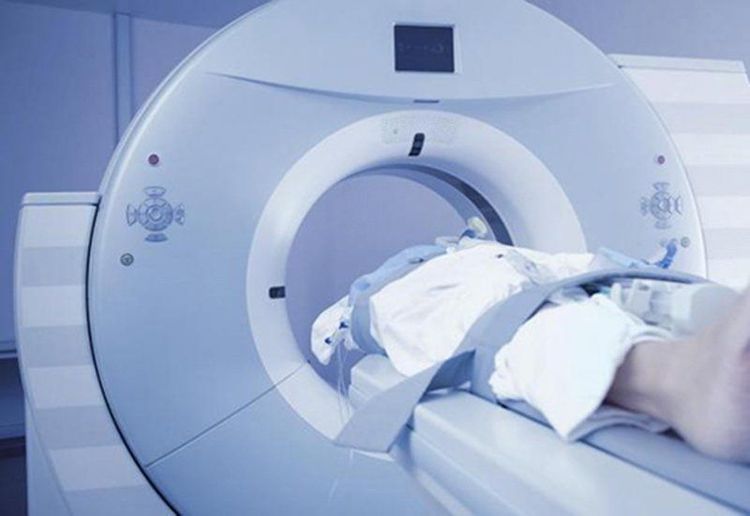
Chụp CT cho phép chẩn đoán hình ảnh về sỏi thận
2.6 MRI method
MRI is used to accurately present images from organs to blood vessels without the need for invasive techniques.But in general, MRI is indicated only when diagnostic is needed in cases where other methods are no longer suitable. Because although MRI is safer than methods like CT or X-ray, the cost is relatively high.
3. Rating
Currently, ultrasound and X-ray are the two most common methods used to diagnose kidney stones. However, with the outstanding advantages of the CT scanning method and the growing development of CT machines in particular, it has brought great benefits in diagnosis and the cost of implementation is also decreasing.As for the MRI method, although it offers the most advantages for disease diagnosis, due to its high cost, patients are usually only indicated in cases of real necessity.
Besides imaging tests, urine and blood tests are often ordered in addition to provide the most accurate results for kidney stones.
Above are 6 methods mainly used to diagnose kidney stones. After receiving the most accurate diagnosis of kidney stone disease, the patient will know what stones he or she has, the number of stones in the body, the size of the stones, and the location of the stones,... This will give the doctor the right treatment.
Please dial HOTLINE for more information or register for an appointment HERE. Download MyVinmec app to make appointments faster and to manage your bookings easily.




